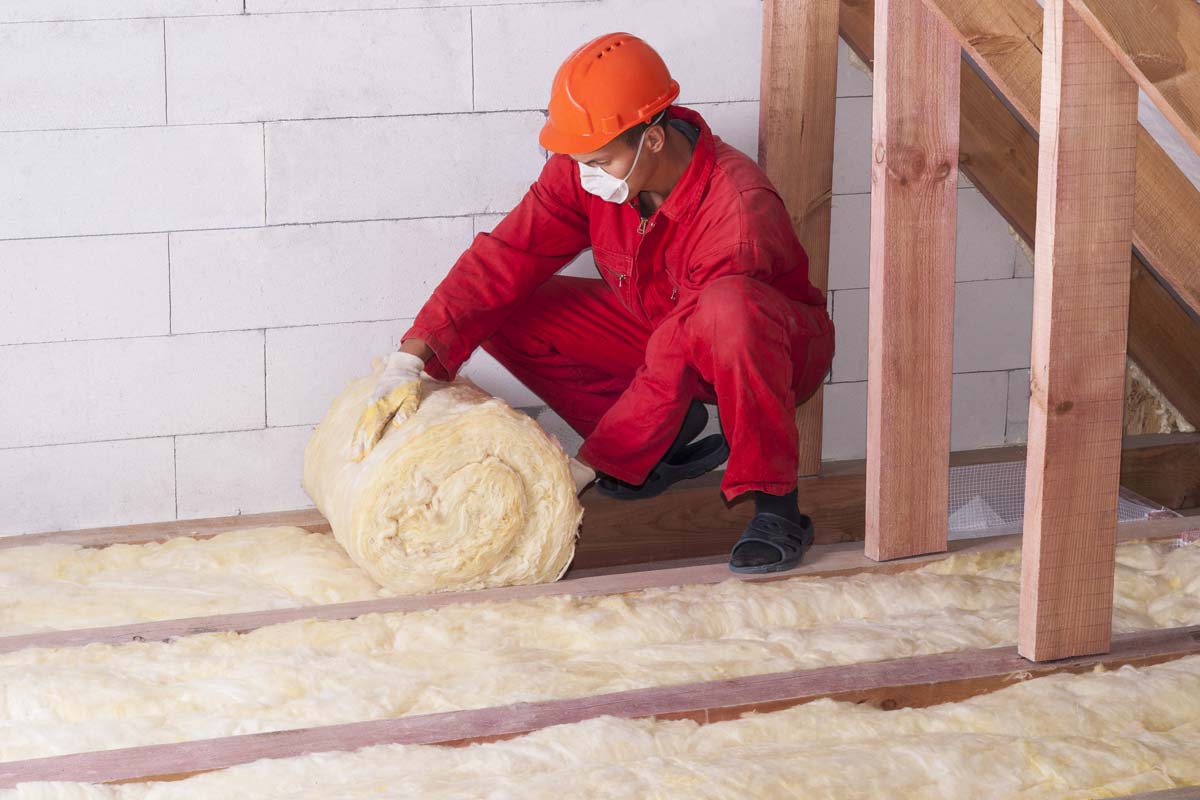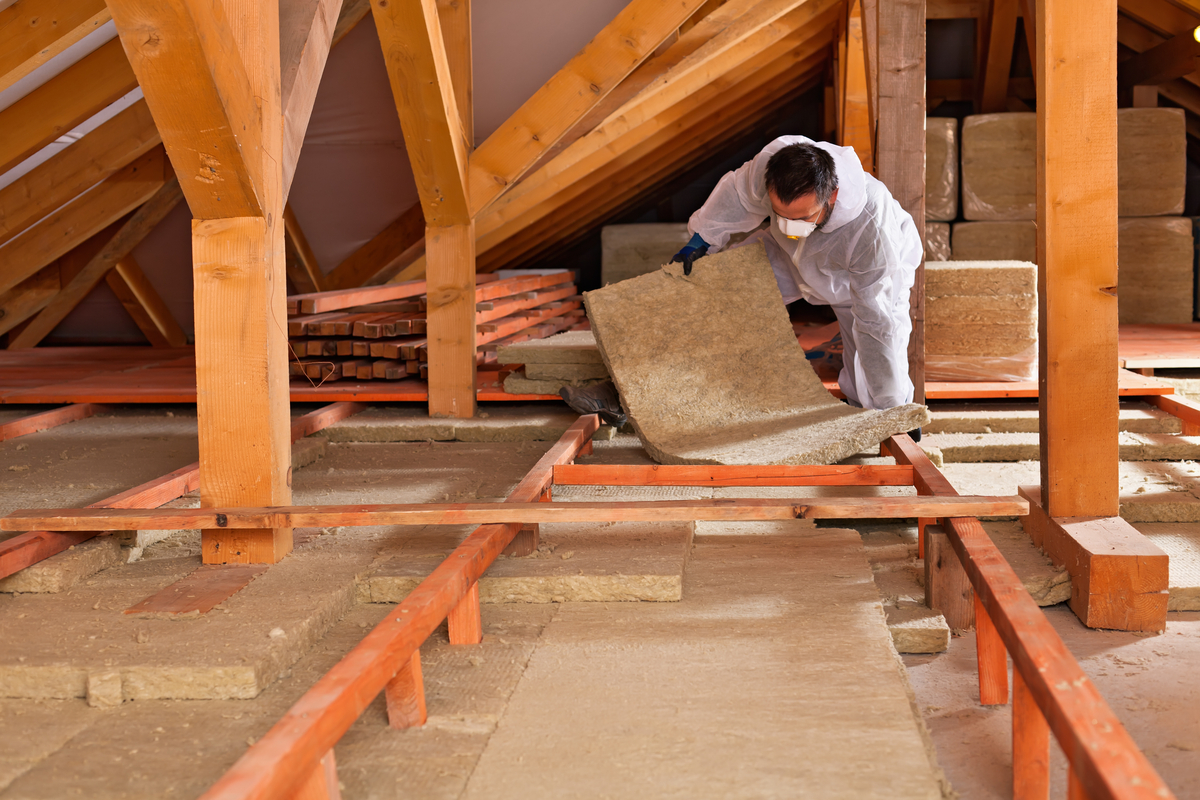
Loft Insulation

A quarter of heat is lost through the roof in an uninsulated home. Insulating your loft is a simple and effective way to reduce heat loss and reduce your heating bills by up to 25%.
Loft insulation prevents heat escaping through your roof which means it costs less to heat your home. It also reduces your impact on the environment.
What is Loft Insulation ?

What is Loft Insulation?
Loft insulation is a mineral wool fibre which is placed between and over the joists in your loft or attic. This stops the heat in your home rising upwards and escaping through your roof.
Why should I have it installed?
25% of the heat you generate through your heating system escapes upwards and out through your roof. Loft insulation provides a thermal barrier and stops this heat loss.
I already have some insulation in the loft but it is not very thick, will this have to be removed or can it be topped up?
Any existing insulation can be left in the loft and an additional layer added to it to bring it up to the required minimum thickness. It does not matter how long the existing insulation has been in the loft it still retains its insulant value.
What is the recommended thickness for loft insulation?
The current regulations under the EEC programme states that a minimum 270mm of loft insulation is required, which is around 11 inches.
What type of Insulation is used?
Our Installers use Knauf Loft Insulation which is the industry standard.
Knauf Loft Insulation
Earthwool Loft Roll 40 provides a superior performance with a thermal conductivity of 0.040 W/mK.
Combi-cut products have partially cut perforations, providing the flexibility to be used between joists at either 400mm or 600mm centres,or used unsplit as a full-width roll.Euroclass A1 non-combustible with a superior thermal performance.
Installing Your Loft Insulation
A specialised team will install your loft insulation to the recommended level. This will include any pipes or tanks as required. They will also take care to insulate the area around your loft hatch. This prevents any heat escaping through the gaps around it.
I use my loft for storage but need to get it insulated, can I do this?
Once the loft has been insulated to a minimum 270mm thickness the ceiling joists will no longer be visible making the roof space hazardous to anyone attempting to enter. However it is possible to arrange for additional joists and floor boarding to be fixed via a local joiner to help maintain your storage area. If you already have a boarded area of no more than a third of the loft area the installers will work around it and leave it uncovered.
I have electrical cables in loft. Will these be a hazard in anyway?
Apart from any cables feeding a shower unit they will not. A cable, which feeds a shower unit, is usually a 30amp. The installers will identify this and make sure this cable is not covered by the insulation by either laying the cable on top if there is enough flex or leaving a gap in the insulation around the cable to ensure it does not overheat.
I have sloping areas and flat roof areas within my property. Can these be insulated?
It is not always possible to do these areas. The reason being is that the timbers within these areas need to breathe and if loft insulation is fitted in these areas it can block the airflow off altogether. Access to these areas is usually minimal if at all existent. However every property has to be treated on an individual basis and the surveyor will make an assessment when visiting the property and advise accordingly.
My roof space is not big enough for an installer to stand up in. Will this be a problem?
It is very common that roof spaces are not big enough for anyone to stand up in. This is not usually a problem as the installers are usually working in a kneeling position on walkboards. Many companies within the industry work to a 1.4m height minimum for installers to gain access. It is very rare that a roof space is less than this.


